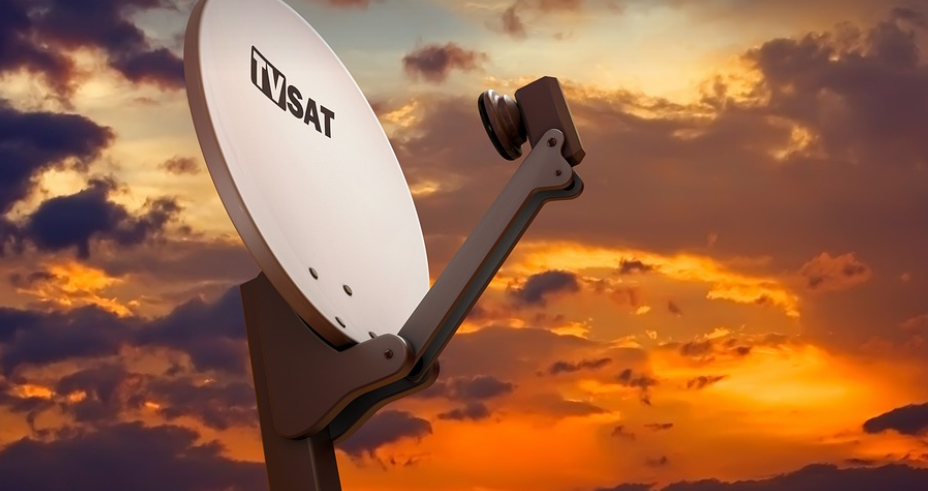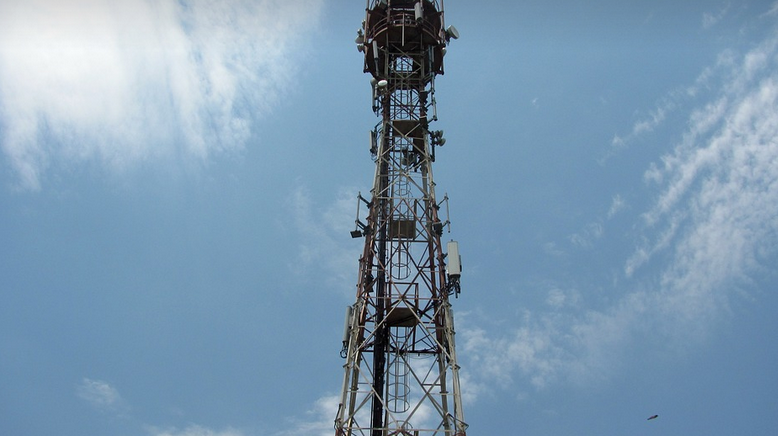What is an AOD Transmission?
You’ve probably heard the term “AOD” thrown around when talking about classic Mustangs, trucks, and other muscle cars. It stands for Automatic Overdrive, a legendary transmission known for its smooth power delivery and impressive torque capabilities. But even these workhorses need some TLC every now and then.
The AOD’s robust design has earned it a loyal following over decades, but like any machine, wear and tear can happen. If you notice sluggish shifting, unusual noises, or your transmission is struggling to perform at its best, it might be time for a rebuild.
Why Rebuild Your AOD Transmission?
Choosing to rebuild your AOD transmission is more than just an option—it’s a strategic investment in the overall health of your vehicle. Here are some compelling reasons why:
- **Increased Efficiency and Performance:** A rebuild offers a chance to optimize shifting points, torque delivery, and fluid flow. This improved performance translates into a more responsive and powerful driving experience.
- **Extended Lifespan:** By repairing and revitalizing worn parts, you ensure your transmission can keep on hauling for years to come.
- **Improved Reliability:** A well-rebuilt AOD transmits power smoothly and reliably, reducing the risk of costly repairs or breakdowns in the long run.
- **Customization Options:** Rebuilding allows you to customize the transmission with performance upgrades like new clutches, shift kits, and valve body modifications. This can enhance your driving experience to its fullest potential.
With a rebuild kit at hand, you’re armed with the tools to tackle this task yourself or opt for professional assistance.
The Anatomy of an AOD Rebuild Kit
A typical AOD rebuild kit isn’t just a one-size-fits-all solution—it’s a carefully curated collection of parts designed to address the specific needs of your vehicle. Here are some key components you can expect:
- **Torque Converter:** This critical component connects the engine to the transmission, allowing smooth gear changes and power transfer.
- **Pan & Gasket Set:** The pan is where fluid circulates, while a gasket ensures no leaks occur.
- **Pump & Valve Body:** The pump is responsible for circulating fluids through the gears, while the valve body regulates shifting patterns and enables precise gear selection.
- **Clutch Kit:** This includes clutch plates, springs, and other components that control engagement between the input shaft and output shaft.
- **Shift Fork & Components:** These are essential to smooth gear changes and ensure proper operation of the transmission’s shift mechanism.
The type of rebuild kit will depend on your specific AOD model, engine size, driving style, and desired performance level.
Choosing the Right Rebuild Kit
Selecting a rebuild kit requires some careful consideration depending on your needs. Here’s how to navigate this process:
- **Define Your Needs:** Be clear about what you want to achieve—increased performance, extended lifespan, or cost-saving repairs?
- **Check Compatibility:** Ensure the rebuild kit is specifically designed for your engine and AOD model.
- **Read Reviews & Recommendations:** Don’t hesitate to research reputable brands and seek feedback from other AOD owners who have previously used these kits.
Remember, investing in a quality rebuild kit will pay dividends down the road, offering peace of mind and ensuring your vehicle remains reliable for years to come.
DIY or Professional Help?
There’s no shame in seeking help from a professional mechanic if you’re not comfortable with the intricacies of AOD transmission rebuild. However, if you have mechanical aptitude and the right tools, it can be an enjoyable experience. Here are some benefits to consider:
- **Saving Money:** DIY rebuild kits can offer significant cost savings if done correctly.
- **Sense of Accomplishment:** There’s a certain satisfaction in knowing you tackled the task yourself, saving money and gaining practical mechanical skills.
- **Personalized Customization:** You have full control over your rebuild process, allowing for customized modifications and enhancements.
Before diving into a DIY rebuild, be sure to familiarize yourself with the necessary steps, techniques, and safety precautions. Researching online tutorials and videos can guide you through the process.
The Importance of Fluid Management
A well-maintained AOD transmission is vital for smooth driving experience and longevity. Proper fluid management plays a critical role in keeping your transmission running smoothly:
- **Regular Fluid Changes:** Follow the manufacturer’s recommendations for changing transmission fluid, typically every 30,000 to 60,000 miles.
- **High-Quality Fluids:** Use only high-quality transmission fluids designed specifically for AOD transmissions. These ensure optimal lubrication and prevent premature wear.
- **Regular Inspection & Cleaning:** Perform visual inspections of the fluid level and condition regularly to identify potential issues early on.
Maintaining a clean, healthy transmission is an ongoing commitment, ensuring its smooth operation and longevity.
Final Thoughts: The Power of Prevention
AOD transmissions have stood the test of time thanks to their robust design and reliability. However, regular maintenance and proactive steps towards prevention are key to maintaining a smooth-shifting experience for years to come. Whether you opt for a DIY rebuild or seek professional assistance, your AOD transmission can continue delivering an exceptional performance.
Remember, investing in preventative maintenance is the ultimate way to enjoy your classic car’s legendary power and efficiency.

